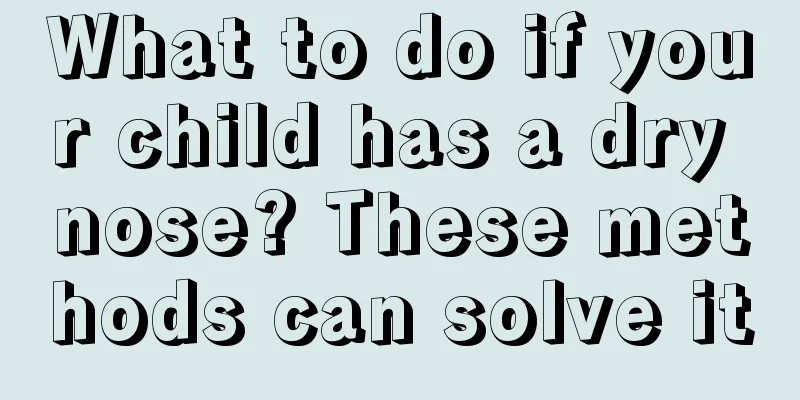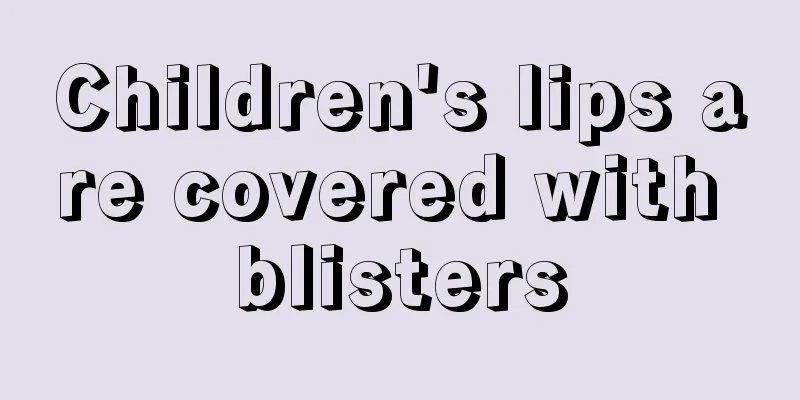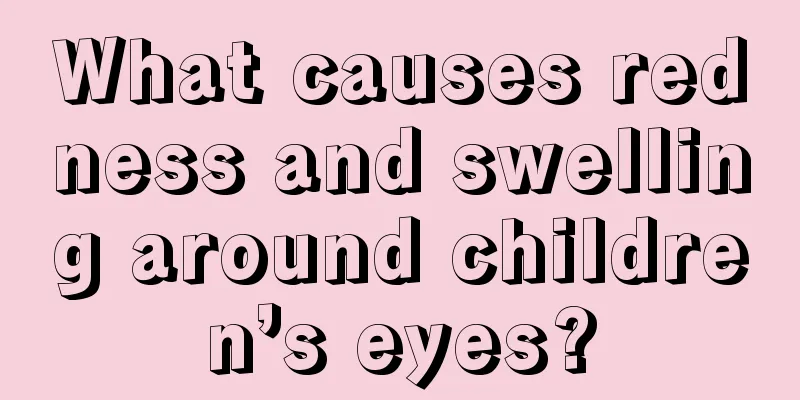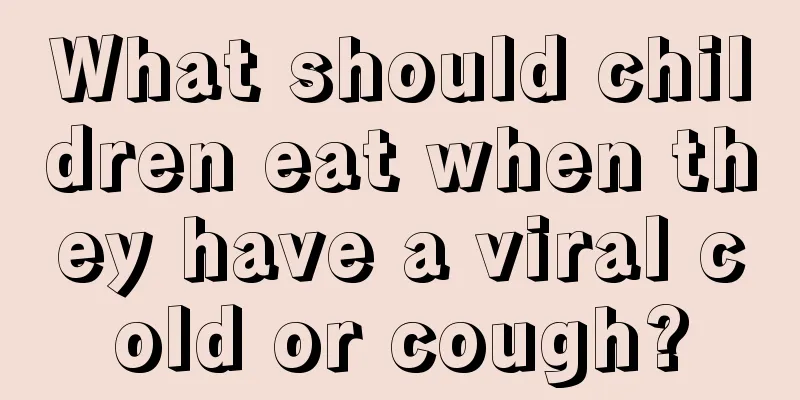What is the reason for children to grow canine teeth

|
It is quite common for children to have canine teeth, especially when they start to replace their baby teeth at the age of six or seven. The newly grown teeth are not on the original neat gums. This is what we call canine teeth. The growth of canine teeth will temporarily affect the beauty of the child's face, but as the jaw grows and develops, some of them will return to being neat. 1. Why do we grow canine teeth? Children begin to replace their deciduous teeth with permanent teeth at the age of 6 to 7. Since canines are replaced later than other teeth, if the deciduous canines fall out prematurely due to illness or trauma, their position will be occupied by the adjacent permanent teeth that erupted earlier, such as the lateral incisors and first premolars (first bicuspids). When the permanent canine finally arrives, it is squeezed outside the dentition, like a tiger's fang (pointed tooth), so it is renamed "tiger tooth". 2. Don’t pull out canine teeth casually Canines are very important teeth with long roots that grow firmly into the jawbone and are used to tear food when eating. Canines are located right on the sides of the corners of the mouth, which can prop up the corners of the mouth and the upper lip to make the face look richer. If the canines are lost, the sides of the upper lip will sink, affecting the beauty of the face. So be sure to protect your fangs. Can't just unplug it. 3. What to do if you have canine teeth The child has "tiger teeth" that are exposed at the corners of his mouth, which is indeed ugly and temporarily affects the beauty of his face. However, the child's jaw is still growing and developing. As the jaw grows, the canine teeth may "return" during the process of self-adjustment of the dentition. If your canines are still in place by the age of 17, you can go to a dentist for treatment. They will pull out the tooth behind the canine (the first pair of canines), and under the coordinated pressure of the lip and cheek muscles, it is possible to "invite" the canine back to the normal dentition. |
<<: What medicine should children take to prevent colds?
>>: What should I do if my child has many lumps on his hands?
Recommend
What to do if your one-year-old baby is short
Many parents always feel that their one-year-old ...
What's wrong with the red spots on the whites of my baby's eyes?
If the baby feels unwell, parents should take the...
The best time to correct children's hunchback, experts will tell you
Every parent hopes that their children will grow ...
What to do about premature graying of hair?
Many teenagers will have premature graying of hai...
What can babies eat to get better quickly from enteritis?
As we all know, the baby's stomach and intest...
Children with nocturnal urination and frequent bedwetting
Some parents always feel that their children urin...
What to check before hernia surgery
Before hernia surgery, the main thing to do is to...
Introduction to healthy diet tips for primary school students
Nowadays, students' dietary health has attrac...
Standard measurement method for height and weight of one-year-old baby
After the birth of a child, parents are very worr...
What should I do if my child feels pain when urinating?
It is quite common for children to have pain when...
What causes swollen eyelids in children?
Sometimes parents wake up and find their children...
Prevention and treatment of hand, foot and mouth disease in children
The incidence of hand, foot, and mouth disease in...
Early symptoms of cervical spine injury in infants
Infancy is the period when children are most susc...
What is the best way to improve children’s immunity?
Immunity, also known as resistance, is an ability...
Are gloves okay for newborns?
Newborn babies are both cute and delicate. They a...









